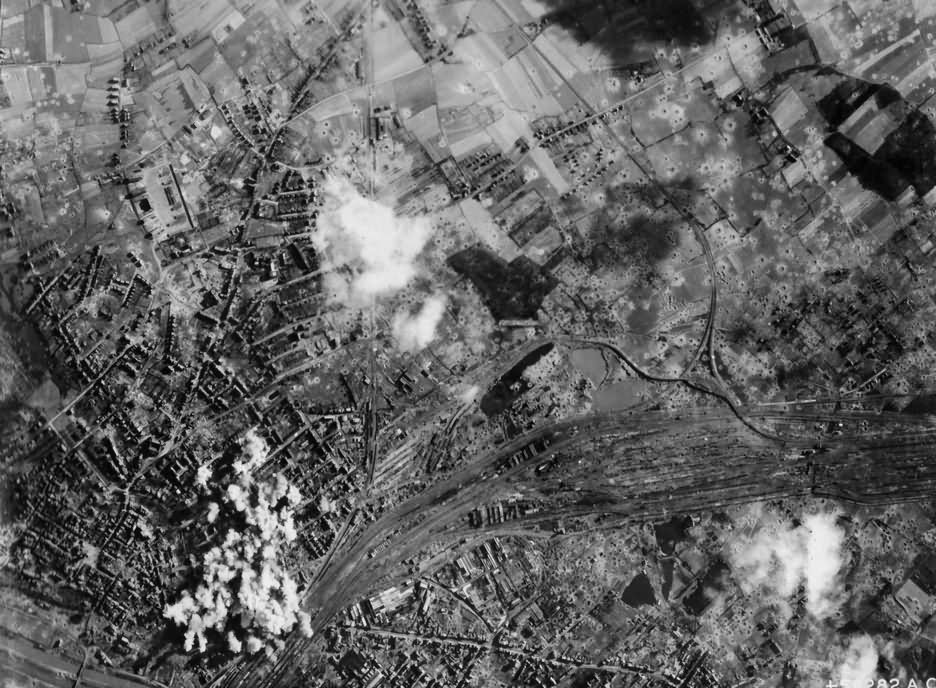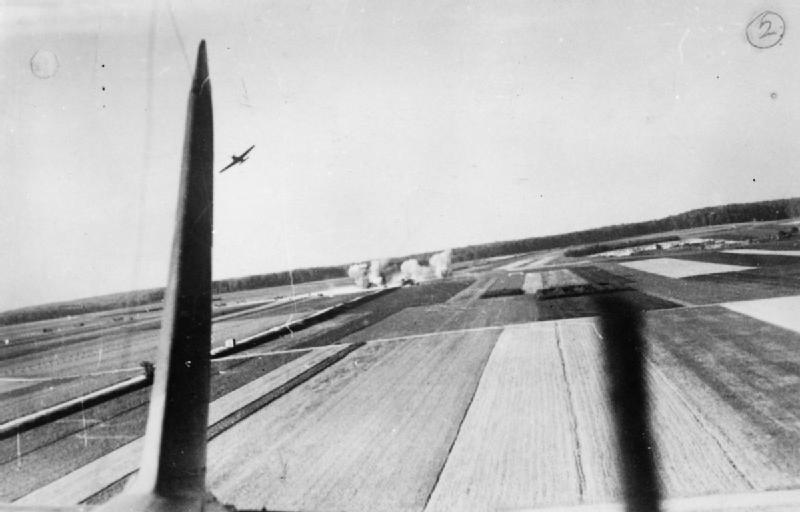
Clements was already in England when the Second World War broke out. He had joined the RCAF in 1930 and earned his wings the next year.
In 1939, he was among many Canadian air force personnel seconded for duty or to study with the Royal Air Force prior to the war. He was promoted to squadron leader a week after he was attached to the Royal Air Force on March 24, 1939, and served as a flight commander in No. 53 Squadron, which was sent to France in September as the strategic reconnaissance unit of the Advanced Air Striking Force.
On Sept. 29-30, he flew a reconnaissance sortie over Hamm and Hanover in western Germany, returning to land in Amiens, France, with a nearly empty fuel tank.
In 1938, the commander-in-chief of the German army predicted that the army with the best reconnaissance unit would win the war, fully confident that the Luftwaffe was the best in the world at aerial reconnaissance and photography.
The British may have been late off the starting block, but quickly caught up and forged ahead. British sky spies’ performance steadily improved, the planes able to fly higher and faster than those of the early war.
“The range of our aircraft was considerable,” Sandy Scott, who served on Catalina flying boats out of East Africa, said in a Memory Project interview. “Our normal flight would be around 12 to 14 hours.” One time “we came across an enemy service ship, which was used for serving submarines…. It meant a great deal to the whole area during our time in the Indian Ocean.”
Photographic equipment also underwent innovative technical advancements that improved the number of photos that could be taken during a sortie, their clarity and the time they could be developed for use.
Film was turned over to a team of photographic interpreters who studied the pictures with stereoscopic viewers, looking first for situations that needed addressing urgently.
“Just supposing there were German tanks someplace up ahead, we would…go in and photograph and come back and they developed that film. [In] about eight minutes, they had that out to the army, so the army would know where the German tanks were situated, so the air force could go in and strafe them,” said Ike Robertson.
After urgent business was looked after, the photos were studied for strategic use.

“If an ambulance went along a road, we’d report it,” said Robert Ellis Knowlton. “Not that the ambulance would be attacked, but it meant that the road at that time was not mined.”
Clements did not spend the whole war in reconnaissance. He was promoted to wing commander in 1941 and became a group captain in 1943, serving with the British mission to the southwest Pacific and India until late 1944. He returned to Canada in December 1944, serving first in Ottawa, then as commander of Station Gander in 1945. In 1946, he was made an officer of the Order of the British Empire (OBE).
After the war, he rose steadily through the ranks, becoming an air commodore in 1951. He subsequently served as chief of staff of No. 1 Air Division in Europe in the late 1950s and commander of Maritime Air Command from 1958-1963.
Clements died in Metz, France, in 1988.
Advertisement










